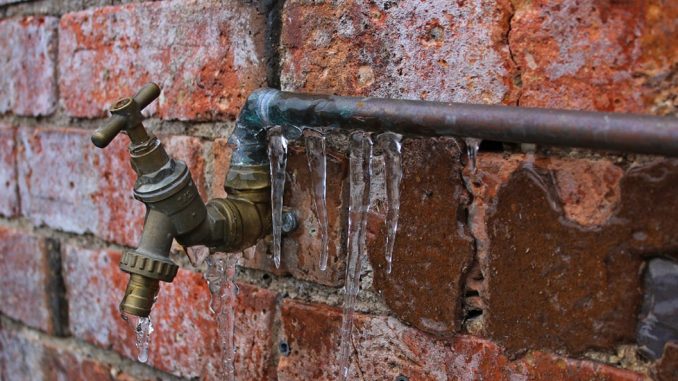
Frozen pipes in the depth of winter could become a thing of the past thanks to a new anti-ice coating developed by scientists in Los Angeles and China.
Researchers at the University of California Henry Samueli School of Engineering and their colleagues from the Chinese Academy of Sciences in Beijing and the Shanghai Jiao Tong University have released a study entitled Bioinspired Multifunctional Anti-icing Hydrogel, which looks at how several species of Antarctic fish have natural mechanisms which prevent their blood from freezing.
These fish have “biological antifreeze proteins”, chemicals which allow them to survive in sub-zero temperatures by acting as antifreeze for the blood. This type of protein was first discovered in the 1960s and has subsequently been found in insects, microorganisms and plants.
The scientists were able to mimic the molecular structure of these biological antifreeze proteins within a man-made anti-ice gel, producing a substance which prevents the build-up of ice.
The anti-ice gel works by tackling three of the factors that lead to ice forming:
- It prevents the chemical triggering of water vapour into ice
- It lowers the freezing temperature of water which comes into contact with the surface that the anti-ice gel is covering
- It makes the surface more difficult for ice to cling to
Ximin He, the lead researcher of the paper from the University of California, said, “While there are other anti-ice solutions out there, they’re either designed to tackle only one of the three aspects of this complex process or they only work on certain types of surfaces”.
No other anti-ice or de-icer product has managed to tackle all three aspects of the ice-building process at the same time before.
“This new coating is an all-in-one solution to prevent ice formation on many different surfaces, from plastics to metals to ceramics, and under different conditions,” added Ximin He.
The key ingredient in the anti-ice gel is polydimethylsiloxane, a silicone-based polymer which is used in contact lenses, lubricants and other materials that require slipperiness.
The gel also contains water after the scientists were inspired by ice skating. Water is often applied to the top layer of skating rinks to keep the surface smooth and prevent ice build-up.
The water makes it hard for the ice to stick, allowing for it to easily brushed or blown away without the need for scraping or heating – presuming it doesn’t just fall off itself.
In testing, the anti-ice gel broke records by preventing ice from forming on materials including plastic, glass ceramics and metals until temperatures dropped to -31°C.
The gel is easy to make, cheap to produce and simple to use. It is sprayed onto the surface requiring protection from ice, where it will form a thin, transparent coat. When applied to exterior pipework, it could prevent pipes freezing in winter, helping to reduce the risk of rupture and bursts to critical supply systems.
Pipes aren’t the only structures which would benefit from the anti-ice gel. It could be used to inhibit the build up of ice on airplane wings, cars and other outdoors equipment.

Leave a Reply